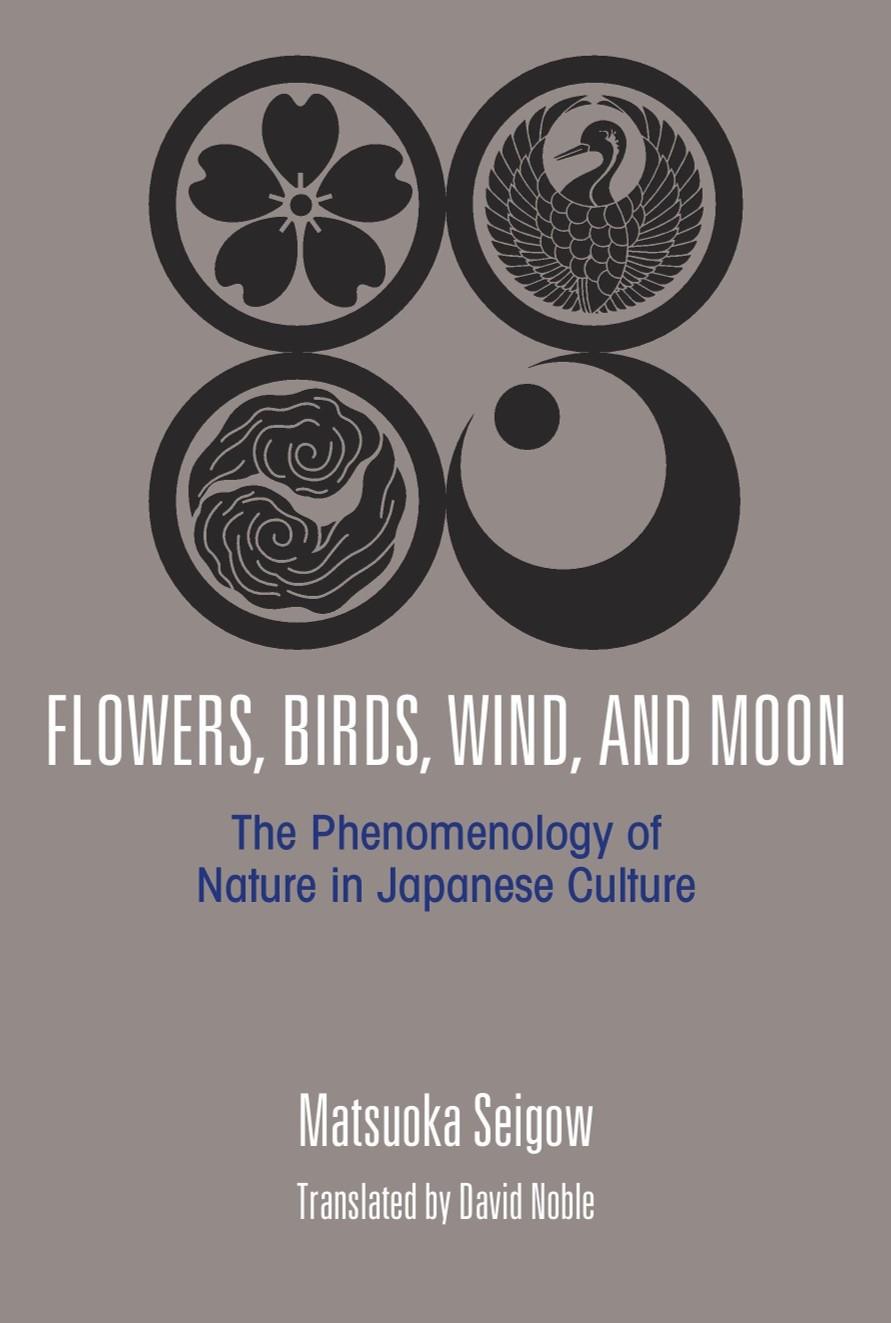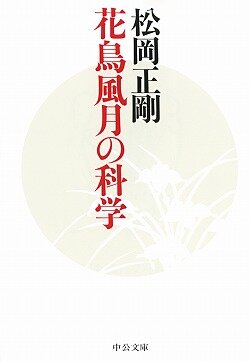Japanese culture is deeply rooted in nature—from literature to the visual arts, and from religious practice to daily life. How, when, and why this close association with nature developed is explored in this book by bestselling author Matsuoka Seigow. Using ten key motifs—mountains, paths, deities, wind, birds, flowers, buddhas, time, dreams, and moon—each of which serves as a lens on different aspects of Japanese culture, Matsuoka ranges from history and ethnology to the arts.
He also explores the insights that emerge when traditional sensibilities are examined from the perspective of modern science. Japanese concepts of time, interval, and otherness, though arrived at intuitively, overlap with how contemporary fields such as quantum physics and relativity theory grapple with issues of uncertainty, indeterminacy, and ambiguity.
Matsuoka proposes that throughout history, the phenomena of nature and the kaleidoscope of seasonal change have functioned as a system of recombinant codes for the expression of the Japanese sensibility. This unique multimedia system for the cultural construction of nature has generated the essential creative motifs of Japanese literature, fine arts, and craft, which in turn have shaped every aspect of Japanese life and thought.



